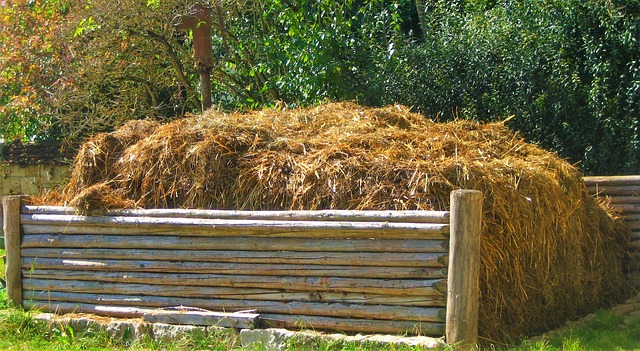Nitrate and Nitrite in Drinking Water
 Main cause: Slurry from agriculture contaminates groundwater with nitrate.
Main cause: Slurry from agriculture contaminates groundwater with nitrate.
As tenants, homeowners or parents, the topic of nitrate and nitrite in drinking water is particularly important. In Switzerland, this form of drinking water contamination remains an issue – even though the overall water quality is very high.
How serious is nitrate contamination in drinking water?
Current situation in Switzerland
Drinking water quality in Switzerland is considered good. However, recent measurements show that nitrate levels are concerning in some areas. Especially in agricultural regions, manure, fertilizers and pesticides reach the groundwater.
Studies confirm that nitrate and nitrite contamination is increasing. Although municipalities and water suppliers are taking countermeasures, the success has been limited. The solution lies in a combination of regulated fertiliser use and systematic water testing.
How dangerous is nitrate in drinking water?
Limits and health risks
The official limit for nitrate in drinking water is 50 mg/l for adults. Water suppliers monitor compliance with this value.
Especially critical for babies
Infants are more sensitive: the limit is 10 mg/l. If exceeded, it may cause oxygen deficiency in the blood – known as blue baby syndrome. Only tested or low-nitrate water should be used for babies and toddlers.
Nitrosamines and cancer risk
Another risk: nitrite can react with amines to form nitrosamines, which are considered potentially carcinogenic. Research is ongoing, but the WHO recommends the lowest possible levels in drinking water.
Water testing – the first step
To protect your family, have your tap water tested. With a professional water test, you can find out whether nitrate or nitrite exceed legal limits.
Here’s how:
- Order a test kit
- Take a water sample at home
- Send it to the lab
- Receive results in a clear report
More on how to perform a water test.
Long-term effects on environment and health
Agriculture significantly contributes to nitrate pollution. Manure and mineral fertilizers introduce nitrate into groundwater – and ultimately into our drinking water. The impact affects not only humans but also ecosystems, animals and plants.
To stay safe, regularly test your tap water. Use quick tests for water quality – easy, reliable, and no prior knowledge needed. 💧
✔ Heavy metals and pollutants
✔ For general drinking water, softeners
✔ Heavy metals and contaminants
✔ Separate bacteria test recommended
✔ Heavy metals and contaminants
✔ Separate bacteria test recommended
✔ Analysis for lead also included
✔ Separate bacteria test recommended
✔ Most common contaminants
✔ Bacteria analysis available separately
✔ Most common pesticides
✔ Glyphosate separate analysis
✔ 20 common PFAS chemicals
✔ Per- and polyfluorinated alkyl substances
✔ 100 Test strips
✔ For general drinking water, water softeners



